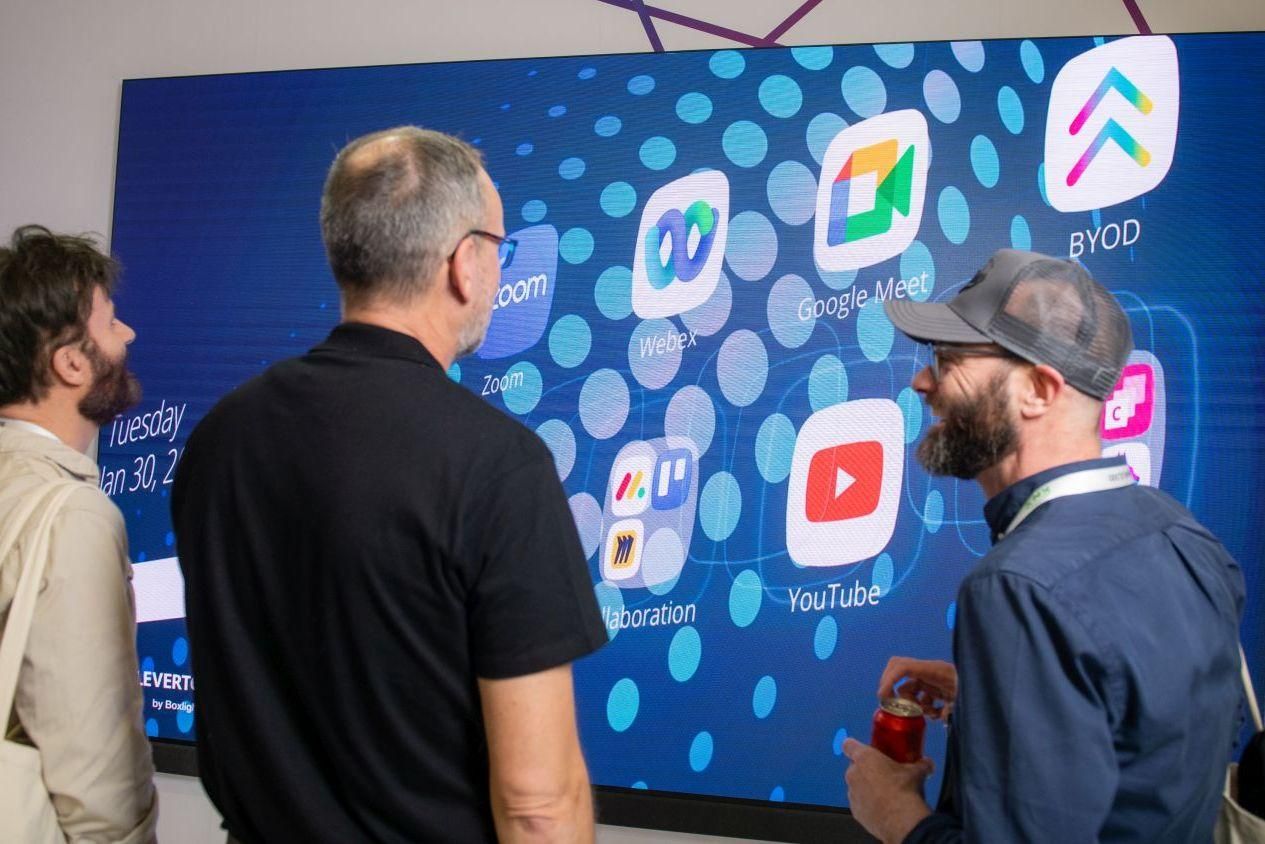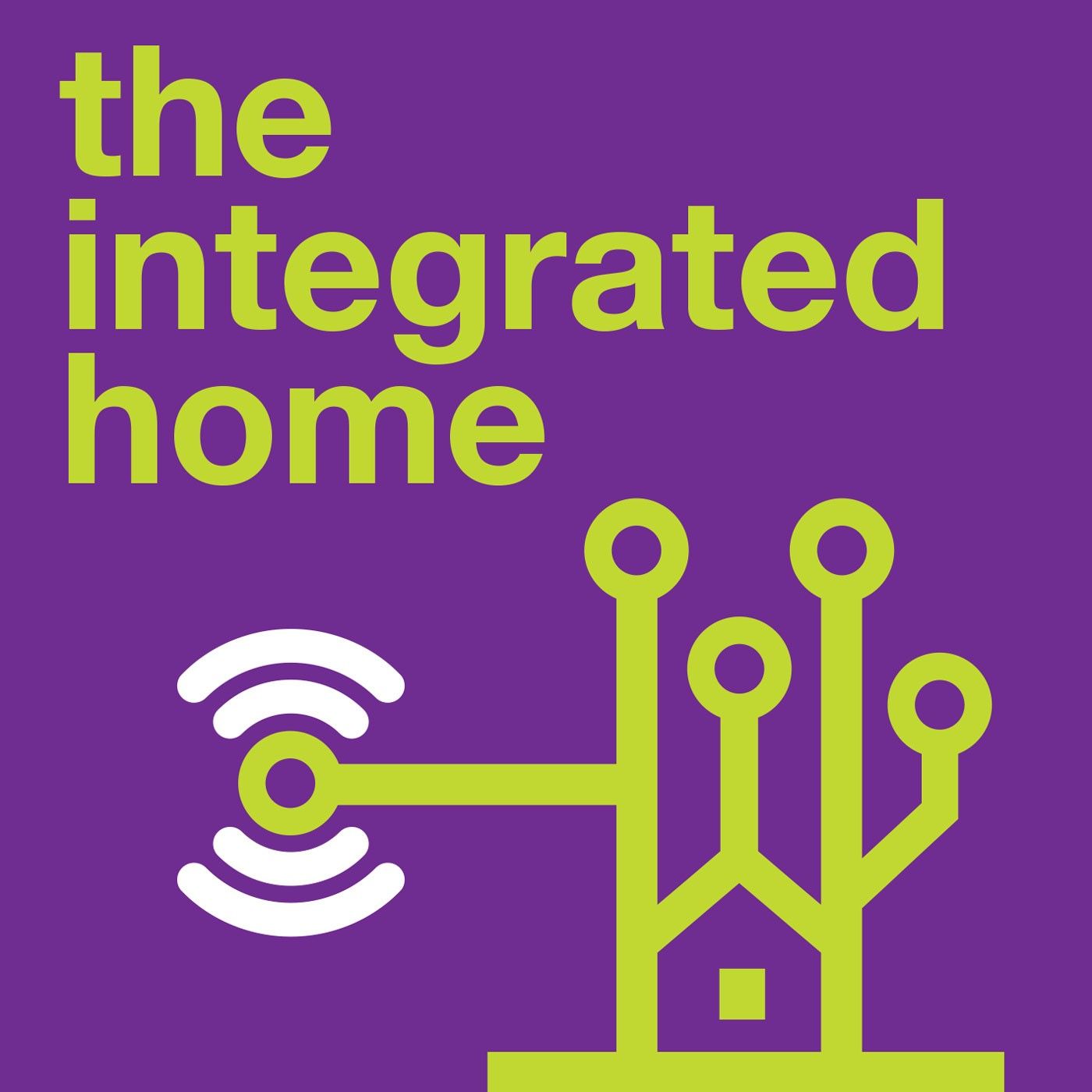Technology trends in unified communications and edtech

While the role of GenAI in solving some of the pain points when it comes to teaching, learning and collaborating is top of the agenda for many, how to ensure students are ready for the new world of AI-augmented work is also of importance. How AI can be integrated into teaching spaces and how to ensure good governance and inclusive AI are crucial considerations before the technology can be fully embraced and the personalised learning that has been much discussed can actually be delivered safely and effectively.
In the UC&C space, AI is already helping to increase productivity and simplify processes. AI meeting summaries and transcriptions are now commonplace, while biometrics are removing the need for passwords when entering meeting spaces or starting meetings. In the future AI will be utilised more to collate, analyse and process complex data to help organisations achieve their business objectives while reducing the need for employees to carry out repetitive tasks, freeing them up to be more creative and productive. The biggest challenge is perhaps understanding the full potential of GenAI while avoiding the hype, to achieve tangible business benefits.
When it comes to cloud, its value is in enabling people to work together and collaborate freely, whether in the classroom or the workplace.
As educational establishments face intense cost pressures, the cloud is helping them to deliver high-quality teaching flexibly and at a lower cost, whether that’s responding to fluctuating class sizes, offering customised teaching that adapts to a learner’s preferred methods, or enabling students to participate from anywhere at any time. It is also improving collaboration between teachers, students, parents and other stakeholders, allowing students to ask questions and request help privately and offering a means for teachers to share grades or offer additional learning opportunities, all of which can help to boost engagement and outcomes.
In the workplace cloud is having a similarly transformative impact, enhancing accessibility and flexibility and enabling teams to communicate and collaborate seamlessly, whether remote, in person or hybrid.
In these times of skills shortages across many sectors, cloud-based learning platforms are also undergoing something of a popularity boost, offering a way to promote a culture of ongoing learning and innovation, upskilling employees and encouraging retention through organised development programmes.
Looking to the future and AR may yet find its place in the workplace, offering a way to interact more closely with remote teams without the need for headsets and glasses. Again, its role in training and staff development seems to be one to watch as well as the benefits it could bring when it comes to visualising ideas, collaborating on projects and communicating clearly with team members.



)
)
)
)
)
)
)
)
)
)
)
)
)

)
)
)
)
)
)
)